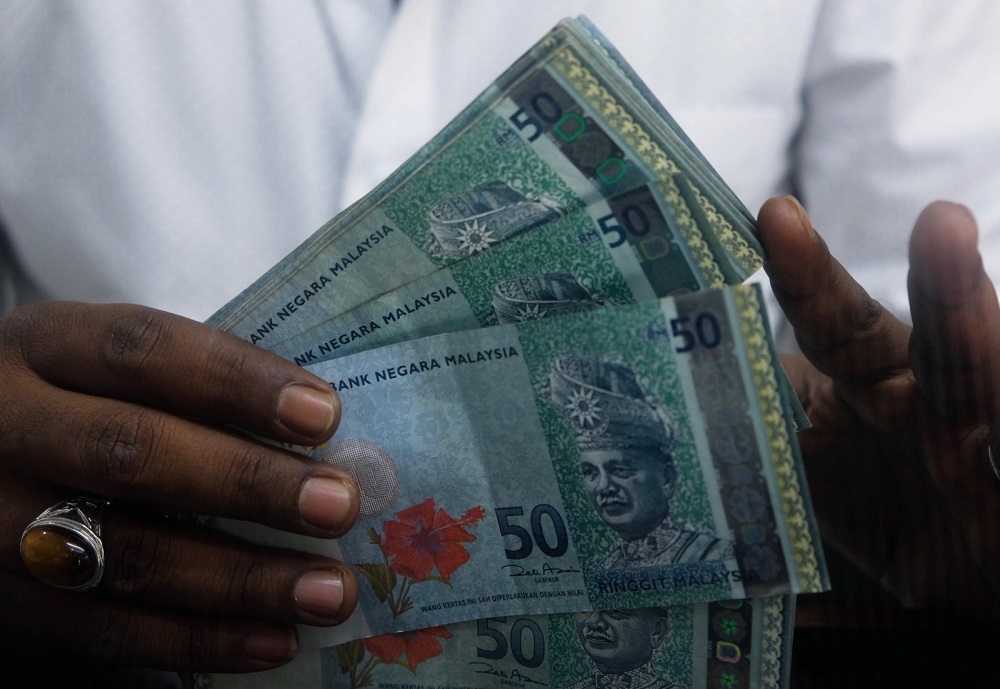KUCHING, Oct 27 — Sarawak, despite being the third largest contributor to Malaysia’s Gross Domestic Product in 2017 and enjoying continuous positive economic growth, is still saddled with income disparity between urban and rural area, said an economist.
University Malaysia Sarawak (Unimas) Faculty of Economics and Business senior lecturer, Associate Professor Dr Dayang Affizzah Awang Marikan said this could be due to job opportunity distribution which is restricted by geographical factor as well as infrastructure shortcomings.
“Despite various and continuous efforts by the government and private institutions to diversify rural economic activities, the disparity of income between rural and city dwellers is still a critical issue to date,” she told Bernama.
She said if compared to the national household median income, Sarawak is seen as lagging behind in all income categories such as T20, M40 and B40.
She noted that the national income level for T20 was 30 per cent higher than the similar group in Sarawak while B40 category earns RM3,000 more at the national level as compared to RM2,275 in Sarawak.
“In summary, the household income rate of Sarawak is not concomitant with Malaysia’s development in general. This is the challenge for Sarawak to equate and balance its economic performance with the national level.
“Statistically it shows that core poverty is almost eliminated, yet the presence of relative poverty is clear. With the current economic slowdown, economic development in general is not entirely felt due to the uneven wealth distribution and low purchasing power,” she said.
In 1976, Dayang Affizzah said 56.5 per cent of the Sarawakians were categorised as poor, however, on managing the issue well, Sarawak was able to reduce it to 37 per cent in 1984, 29 per cent in 1987 and less than six per cent in 2016.
The number, she said was mainly contributed by the high rural poverty incident.
Taking the statistics in 2016, she noted that the incidence of poverty in rural areas of Sarawak was reported to be at 1.1 per cent as compared to the urban area at only 0.3 per cent.
“The main issue of the poverty in rural area can be seen from the lack of proper education, health access, development of infrastructure, diversity in economics, the immigration of the youth to the city and agricultural modernisation that leads to lower production and productivity rate,” she noted.
She said as Sarawak gears towards becoming a high-income state in the near future, the state needs a more balanced development with emphasis on rural areas.
Meanwhile, talking to Bernama, Peggy Mina, 67, who had been staying at a longhouse in Annah Rais village, Puncak Borneo, about an hour’s drive from Kuching, said most of the residents chose to migrate to the city area to find better paying jobs.
“Those who stay here are mostly be involved like farming, enough to pay for monthly expenses while having some saving. Every month the expenses here for a family more or less is around RM500, that’s considering that we cook at home,” said Peggy, who used to work in Saudi Arabia as a nurse.
Another housewife, Crisdazender Ganchi, 31, of Kota Samarahan said her household income was around RM3,000 to RM4,000 which is sufficient for living on the town fringe.
“Expenditure for cooking is RM500, and children diaper costs another RM300 while children schooling and transportation expenses is about RM200. Deducting instalments for house, car and PTPTN payment, there is very little left,” said Crisdazender who is only depending on her husband. — Bernama



















